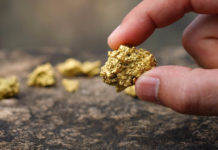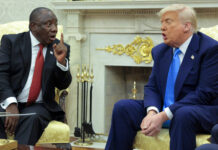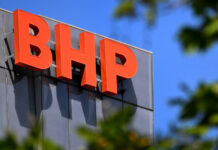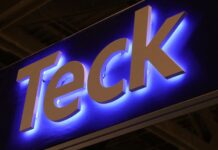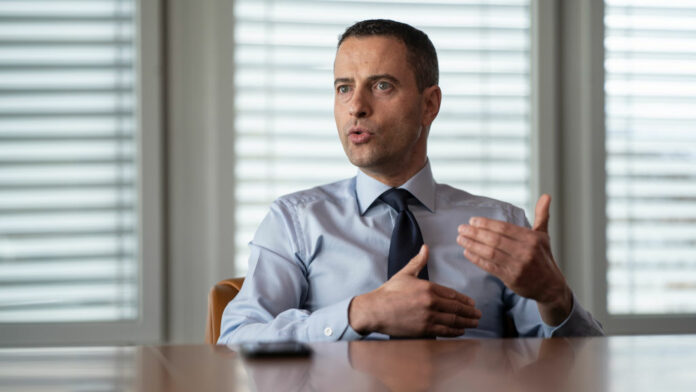
GLENCORE CEO Gary Nagle speaks like a person in search of a deal. Asked for his view on mergers & acquisitions (M&A) among the big miners, he said he’s in favour. “I believe that as an industry there is huge value to be created by looking at putting various companies or assets together, or at asset level,” he said at the group’s interim results in July.
The background to his view is a frequently expressed opinion among mining executives that for all its importance as a primary supplier of materials to industry and technology, the mining sector doesn’t attract sufficient generalist fund interest and so remains lowly rated compared to, say, tech shares.
“We’re becoming a bit of an irrelevant industry in a world where you now talk about trillion-dollar companies,” Nagle said. “In fact, you don’t even talk about trillion-dollar companies, you talk about multitrillion-dollar companies, and in the mining industry, you’re lucky if you’re a $100bn company.”
True enough. Glencore is valued at £33.8bn on the London Stock Exchange, where it has a primary listing. Rio Tinto is worth £78.9bn. Putting the businesses together — as speculated to have been discussed between the companies last year — would have them just about eclipsing BHP, the world’s largest miner, with a market capitalisation of about A$213bn (about £104bn).
According to a recent report, Rio Tinto’s outgoing CEO, Jakob Stausholm, demurred on a combination with Glencore, feeling, not unjustifiably, that there was a mismatch in corporate cultures. Simon Trott, his replacement, might be more amenable to a deal, according to Berenberg analyst Richard Hatch. Trott’s appointment “may open the door slightly for Glencore to come into the picture”, he said in an article in the Financial Times.
Glencore has struggled to command a decent valuation lately, partly owing to the company’s sprawling footprint, analysts say. Investors prefer simple structures with exposure to choice assets such as copper (which Glencore has in abundance). Glencore’s marketing division, while uniquely powerful among the diversified miners, is complex.
When Glencore said that it would retain its primary London listing instead of moving to New York, it cited concerns over qualifying for the S&P 500 index owing to opacity in the rules. “Some of them [rules] are clear and some of them are not,” Nagle said. One criterion was whether the company was “sufficiently American”, he added.
In the absence of major M&A or a rerate from inclusion in a bigger index, Glencore continues to implement fundamental self-help measures such as cost-cutting and restructuring.
Of $1bn in recently announced cost cuts, half will be this year. Its Australian business was also restructured. Nagle would even look at spinning out the coal assets if shareholders asked for it — a transaction they ruled against earlier this year.
“If shareholders change their minds … if the world changes … [and] the analysis we did last year becomes outdated … we would then be happy to relook at it,” Nagle said during a media Q&A.
Clearly, the question of an appropriate portfolio is still an open one at Glencore.
“Given recent corporate restructuring, our investor conversations suggest there was some expectation that management would outline a clearer strategy around asset rationalisation,” says Matt Greene, an analyst for Goldman Sachs.
“However, the messaging remained largely unchanged, and we believe there is still a lack of a clearly articulated and measurable strategy to generate shareholder growth,” he adds.
For now, analysts want Glencore to focus on short-term measures such as an improved operational performance in the second half of its financial year. Glencore reported a 14% decline in interim earnings before interest, tax, depreciation and amortisation (ebitda), underperforming consensus owing to lower prices, which stripped $1bn of ebitda, and lower volumes (stripping out $1.1bn), especially in copper, which was 26% lower year on year.
Nagle has promised a 50% improvement in copper production and a 40% reduction in costs compared to the first half. If achieved, that would take group free cash flow to about $5bn on an annualised basis.
Deutsche Bank analyst Liam Fitzpatrick says: “The detailed asset-by-asset guidance displays confidence from management and is encouraging. But there is limited room for unexpected events and the market is likely to remain sceptical until there is clear evidence of improvement.”
A version of this article first appeared in the Financial Mail.



